1. Open Fire Pits
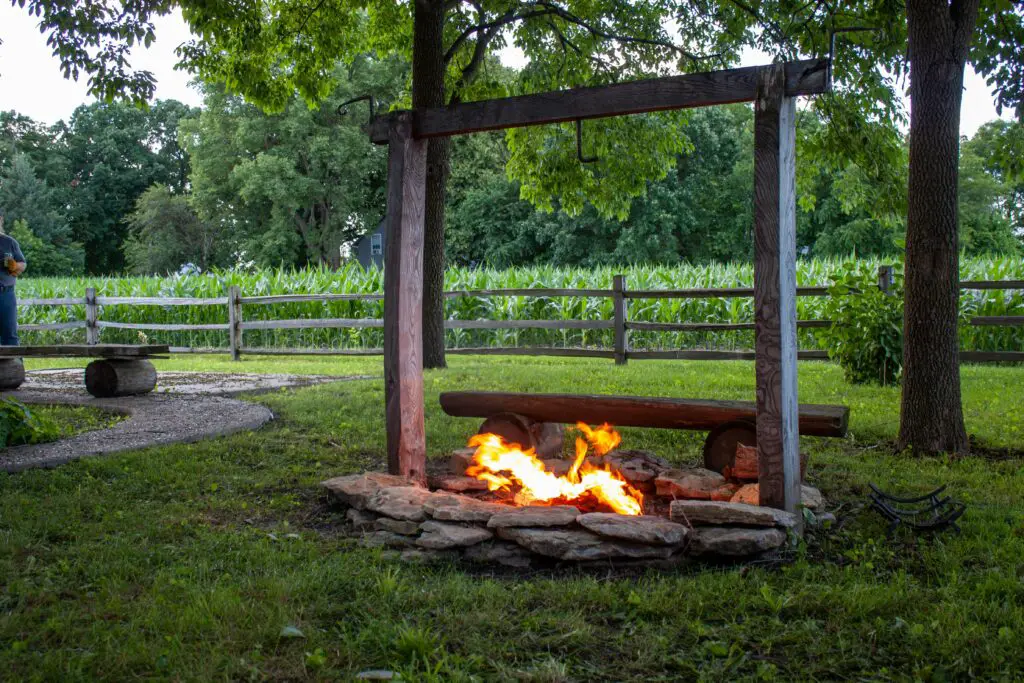
In many areas, open fire pits are now restricted due to fire hazards and air quality concerns. States prone to wildfires, like California and Colorado, have banned or limited their use during dry seasons. Homeowners are encouraged to invest in safer alternatives, such as propane-powered fire features.
2. Invasive Plant Species

Landscaping with invasive plants, such as bamboo or certain types of ivy, is prohibited in several regions. These plants can disrupt local ecosystems and spread uncontrollably. Authorities are urging homeowners to replace them with native species to protect biodiversity.
3. Barbed Wire Fencing
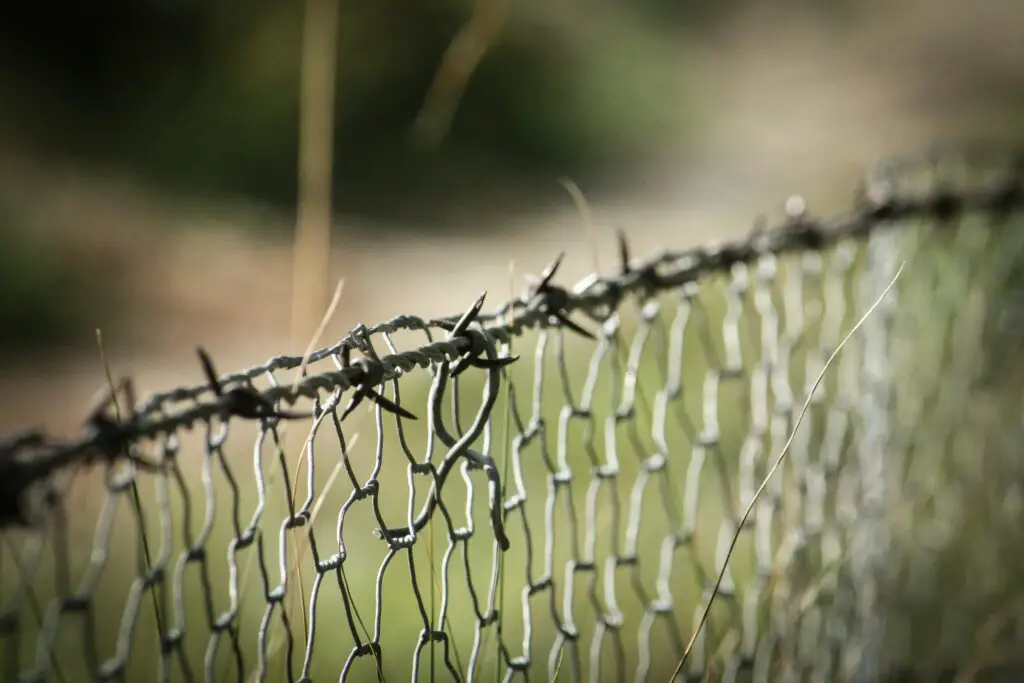
Barbed wire fences are increasingly banned in residential neighborhoods due to safety risks. They pose a danger to children, pets, and wildlife. Many municipalities now require softer, wildlife-friendly fencing options.
4. Non-Compliant Outdoor Lighting

Bright, non-shielded outdoor lighting is being regulated to reduce light pollution. Some areas now enforce “dark sky” ordinances that require homeowners to use downward-facing, dimmable fixtures. These laws aim to protect nocturnal wildlife and improve stargazing.
5. Traditional Septic Systems
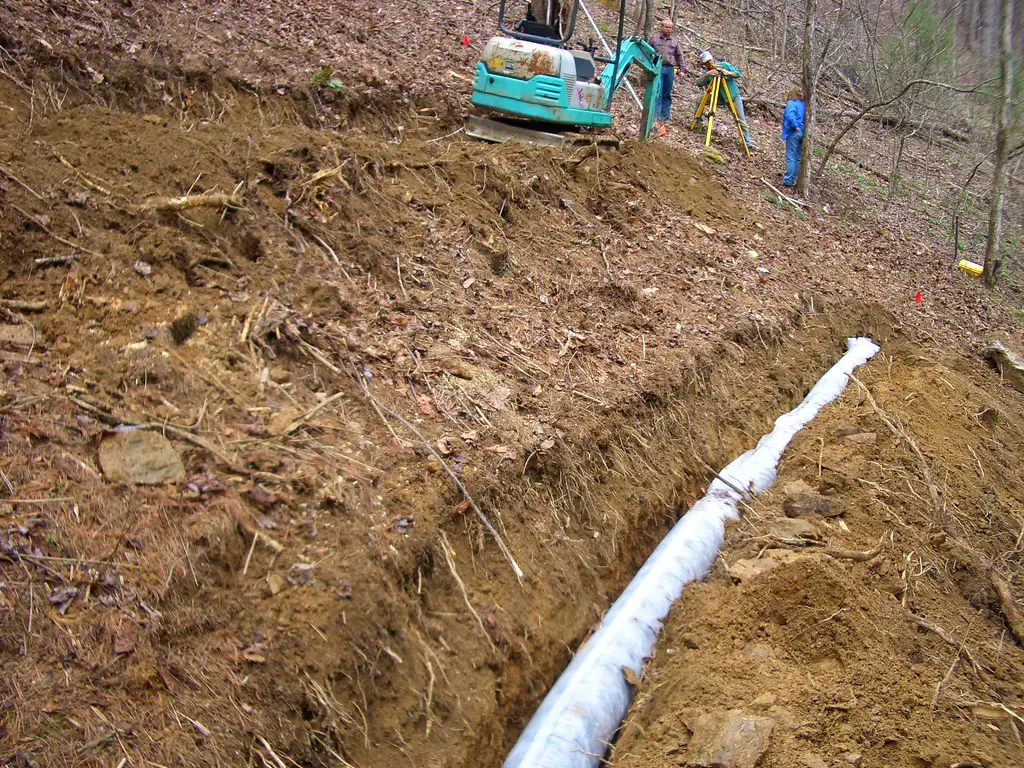
Older backyard septic systems that don’t meet environmental standards are being phased out. Modern systems with advanced filtration or connections to municipal sewage lines are required in many places. These updates help prevent groundwater contamination.
6. Excessive Hardscaping
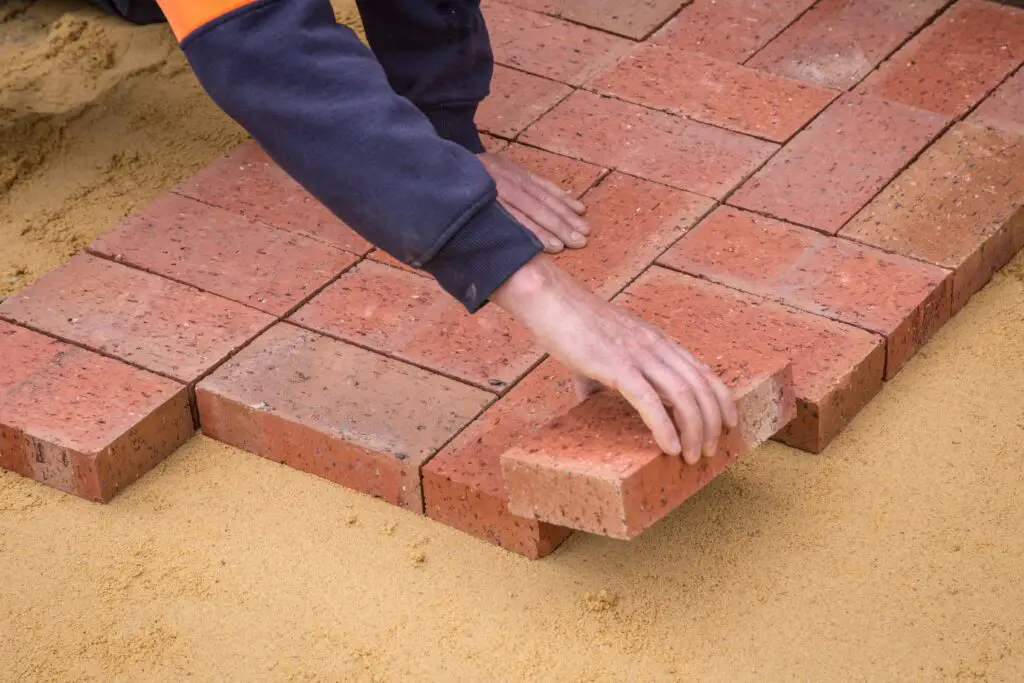
Large paved areas or concrete patios that interfere with natural water drainage are being restricted. Some states mandate permeable materials like gravel or pavers to reduce flood risks. Homeowners are encouraged to incorporate greenery into their hardscaped spaces.
7. High Fences Blocking Views

In some communities, privacy fences above a certain height are now against the law. These regulations ensure that views, sunlight, and airflow are not obstructed for neighbors. Homeowners must check local ordinances before installing tall fencing.
8. Unpermitted Structures
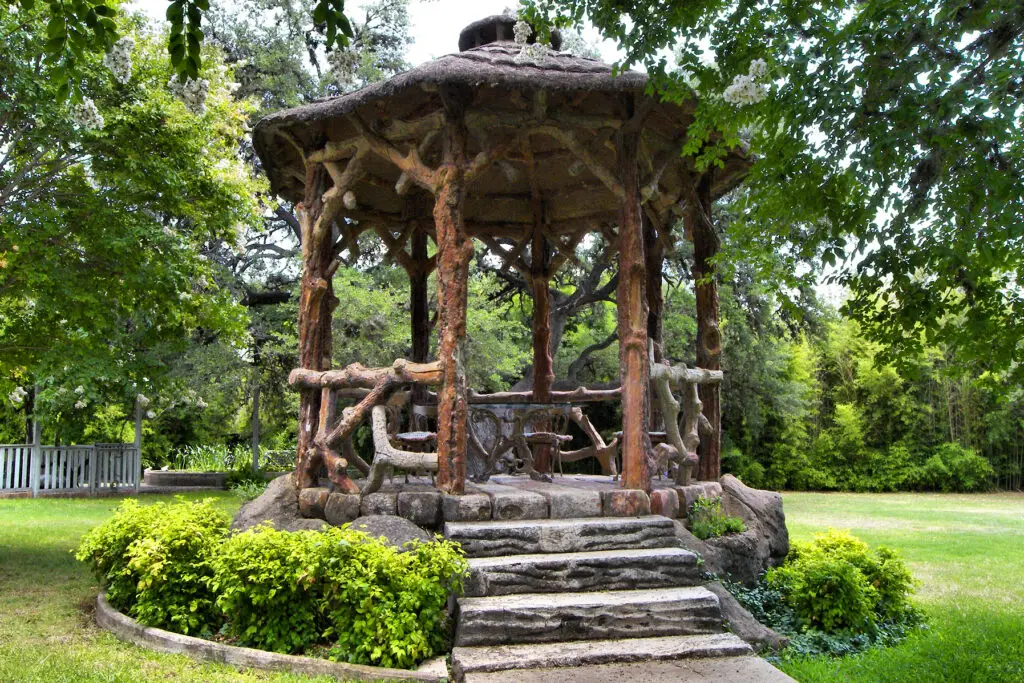
Gazebos, pergolas, and sheds built without proper permits are increasingly being flagged by inspectors. Local governments are cracking down on structures that don’t meet safety codes. Homeowners should always obtain permits before adding new backyard features.
9. Non-Native Fish Ponds

Backyard ponds containing non-native fish species, like koi in certain regions, are now regulated. These fish can escape into local waterways and harm native aquatic life. Permits or specific pond enclosures may be required to keep them legally.
10. Wood-Burning Pizza Ovens

Wood-burning pizza ovens have come under scrutiny in areas with strict air quality laws. Regions like California now regulate or ban their use due to smoke emissions. Homeowners can consider gas-powered models as an eco-friendly alternative.
11. Outdoor Kitchens Without Drainage Systems
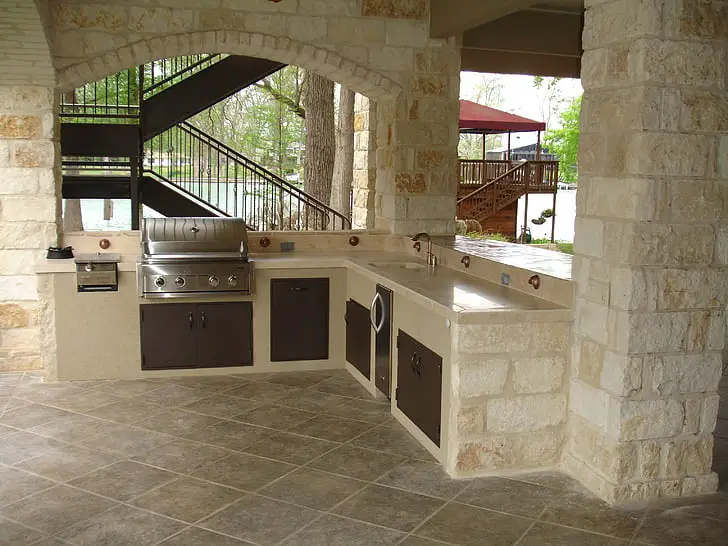
Improperly designed outdoor kitchens that lack drainage systems are being flagged for water runoff violations. Health codes in some areas now require built-in sinks and proper waste disposal. These updates prevent backyard flooding and contamination issues.
12. Ornamental Water Features Without Safety Measures
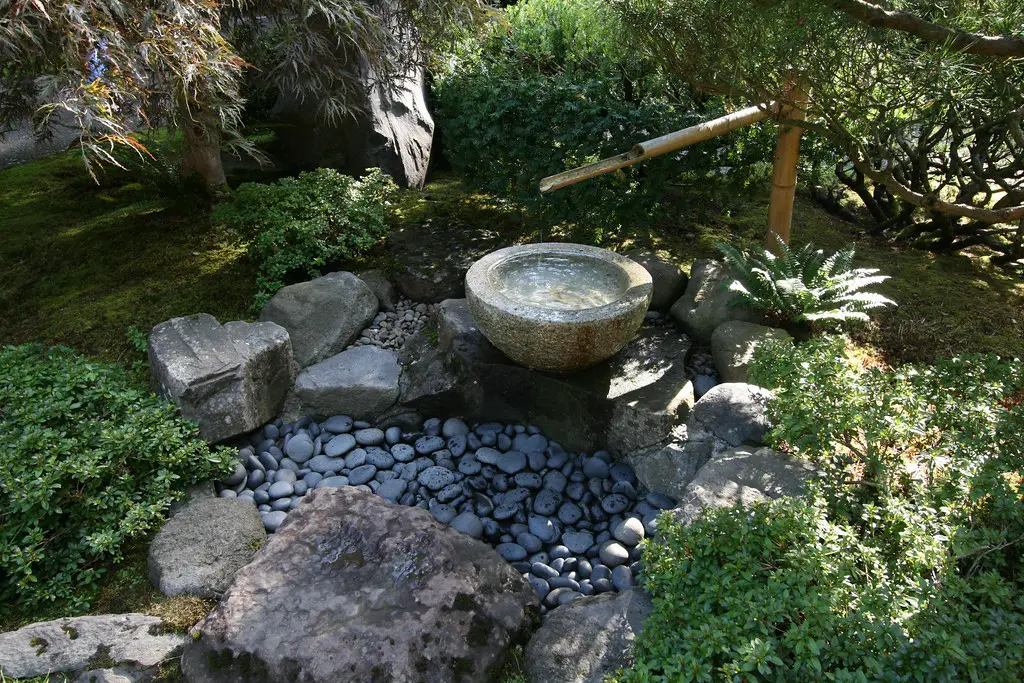
Unfenced or unfiltered water features, such as fountains and ponds, are becoming illegal in areas concerned with child safety and mosquito control. Some local laws now require covers or regular maintenance to ensure these features are hazard-free.
13. Artificial Turf in High-Heat Areas
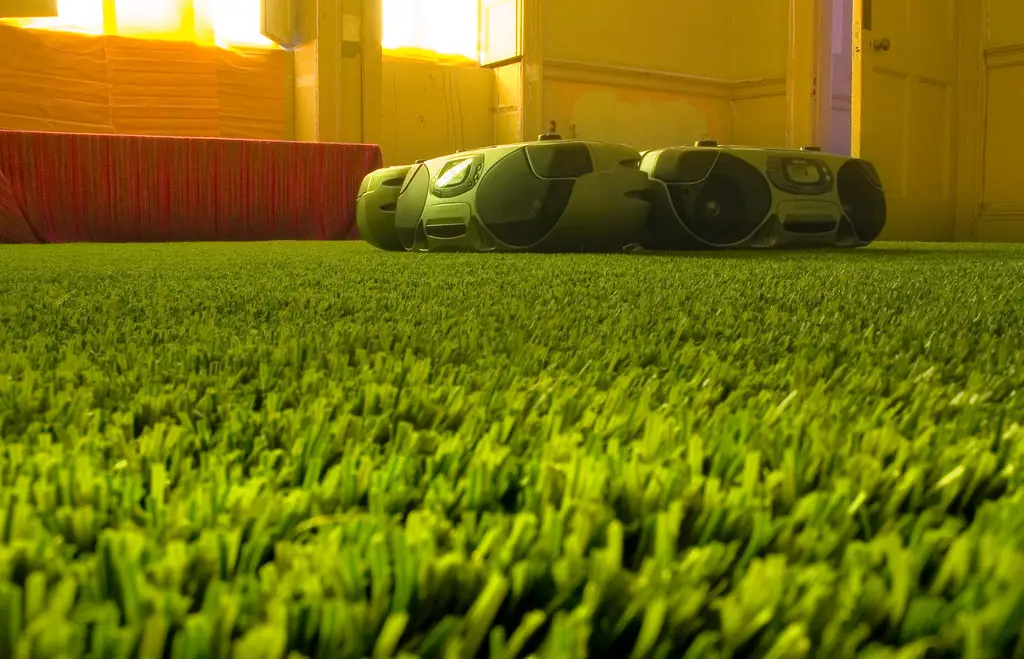
Artificial turf, which can retain extreme heat and harm the environment, is banned in some regions. States like Arizona and Nevada now promote xeriscaping with natural, drought-resistant plants instead. Homeowners are encouraged to seek eco-friendly landscaping options.
